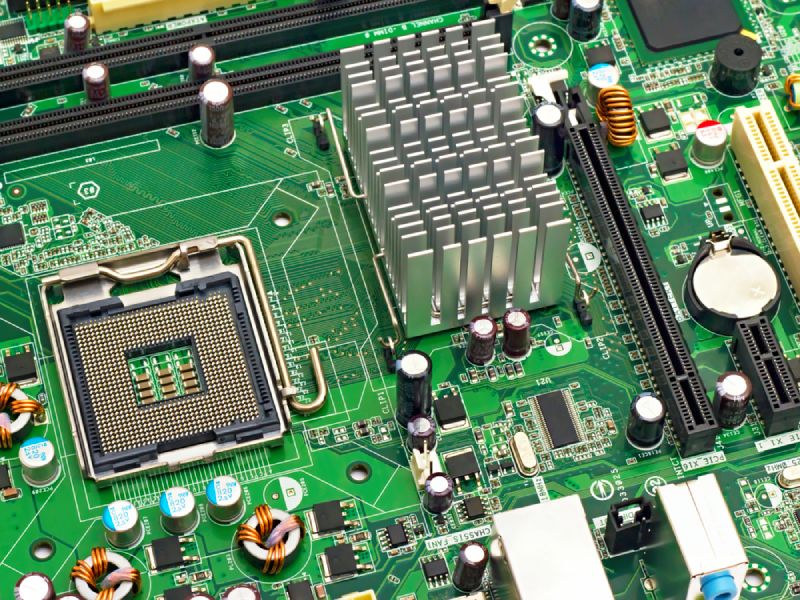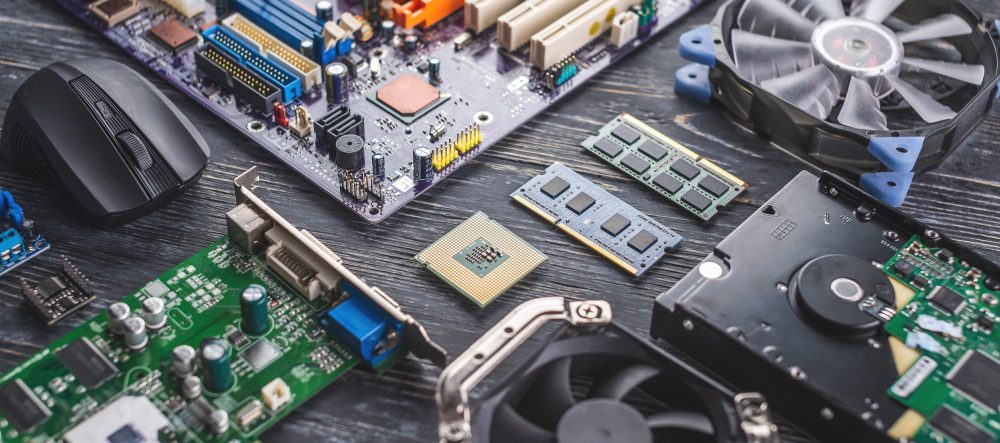What is the Main Function of Motherboard?
The motherboard serves as the backbone of a computer system, connecting and enabling communication between all its components. Its primary function is to provide a central hub that allows various components, such as the CPU, memory, and storage devices, to interact with each other. In this article, we will explore the various roles a motherboard plays, its impact on performance, and its importance in a computer system.
What 5 things does a motherboard do?
A motherboard has several essential functions within a computer system:
- Connects components: The motherboard connects various hardware components, such as the CPU, memory, storage devices, and expansion cards, allowing them to interact and function together.
- Manages power distribution: The motherboard receives power from the power supply unit (PSU) and distributes it to different components according to their needs.
- Facilitates communication: The motherboard enables data transfer between components through various communication protocols and buses, such as the PCIe, USB, and SATA interfaces.
- Regulates system functions: The motherboard hosts the BIOS (Basic Input/Output System) or UEFI (Unified Extensible Firmware Interface), which manages and configures hardware settings and ensures proper functioning of the system.
- Expansion capabilities: The motherboard provides expansion slots for adding or upgrading components, such as graphics cards, sound cards, or additional storage devices, to enhance the system’s capabilities.
What does a motherboard do for performance?
The motherboard plays a crucial role in the overall performance of a computer system. Its impact on performance can be attributed to the following factors:
Component compatibility
The motherboard determines which components can be used within a computer system. It defines the CPU socket, memory type, and expansion slot types, which in turn affects the performance potential of the system.
Data transfer speeds
The motherboard’s chipset and communication interfaces, such as PCIe and USB, have a direct impact on the data transfer speeds between components, affecting the system’s overall performance.
Overclocking capabilities
Some motherboards support overclocking, allowing users to increase the clock speeds of their CPUs or memory for enhanced performance. High-quality motherboards often have more advanced power delivery systems and better cooling solutions, enabling stable overclocking and improved performance.
What is the most important thing in a motherboard?
The most important aspect of a motherboard is its compatibility with other components. This ensures that the computer system functions efficiently and allows for future upgrades. When selecting a motherboard, it’s crucial to consider factors such as:
- CPU socket type
- Memory type and capacity
- Expansion slots and interfaces
- Form factor and case compatibility
- Additional features and connectivity options
Ensuring compatibility between the motherboard and other components not only guarantees the system’s proper functioning but also maximizes its potential performance.
Why does motherboard matter?
The motherboard’s importance lies in its role as the central hub of the computer system. It is responsible for:
“Facilitating communication and interaction between various components, managing power distribution, and ensuring the system’s overall stability and performance.”
A high-quality, compatible motherboard can provide a stable foundation for a computer system, allowing it to run efficiently and reach its full performance potential. Conversely, a poorly designed or incompatible motherboard can lead to various issues, such as instability, limited upgrade options, and reduced performance. Therefore, selecting the right motherboard is crucial for building a reliable and high-performance computer system.
What is motherboard easily explained?
A motherboard can be easily explained as the central circuit board in a computer that connects and facilitates communication between all its components. It is the foundation upon which a computer system is built, providing a platform for the CPU, memory, storage devices, and other peripherals to work together.
An analogy for understanding the motherboard
To better understand the role of a motherboard, consider it as the central nervous system of a computer. Just as the central nervous system coordinates the various functions of the human body, the motherboard connects and manages the communication between different computer components, ensuring they work together effectively and efficiently.
Conclusion
In summary, the main function of a motherboard is to serve as the central hub for a computer system, connecting all its components and ensuring smooth communication between them. It plays a vital role in determining the system’s compatibility, performance, and upgrade potential. By selecting a high-quality, compatible motherboard, users can build a reliable and high-performance computer system that meets their needs and allows for future expansion.



